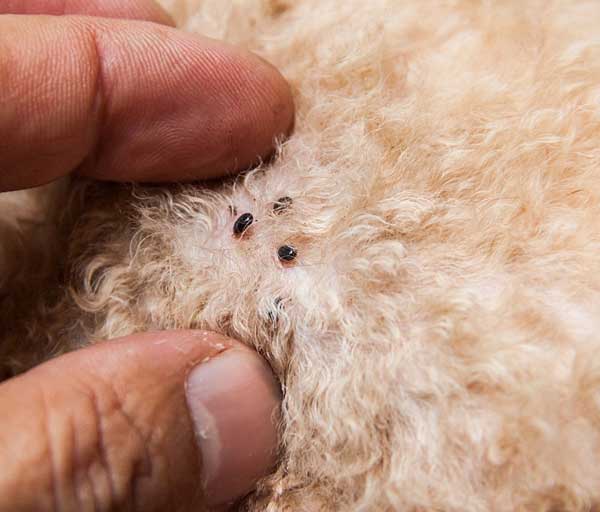Fleas Facts & Information
Prevent Pest Control is always reliable. Always innovative.
What You Should Know About Fleas
For countless generations, fleas, tiny, wingless insects, have plagued both animals and humans. Fleas have a long history of being linked to itching, illness, and infestations due to their rapid reproduction and impressive leaping abilities. These external parasites, which feed on the blood of birds and mammals, are members of the Siphonaptera order. Fleas are among the most prevalent household pests, and their tenacity and fearsome reputation make them a typical dread in households with pets.

Our Services
Expertise and Reliability
Mosquito Guid
Tick Guid
Bed Bug Guid
Flea Guid
Cockroach Guid
Yellow Jacket Guid
Carpenter Ant Guid
Rodent Guid
What Fleas Look Like and How They Grow
Fleas are very small insects, usually ranging in length from 1.5 to 3.3 millimeters. Their ability to flatten laterally enables them to move through the fur or feathers of their hosts with ease. Fleas have six lengthy legs, the rear legs of which are particularly powerful and designed to leap rather considerable distances given their size. They have no wings at all and are coated in hard, chitinous plates all over. Depending on the species and whether or not they have eaten lately, fleas can have any shade of reddish-brown, dark brown, or even black.
While both sexes seem identical, fleas are able to lay eggs after feeding, and females are often bigger. An egg, larva, pupa, and adult are all stages in the life cycle of a flea. Little flea larvae resemble worms as they hatch; they feed on organic matter and stay out of the light. During the pupal stage, the larva creates a cocoon to protect itself while it develops into an adult.
Fleas mature into adults when they find a host and are prepared to eat and reproduce. The duration of this life cycle might range from a few weeks to several months, all dependent on the surrounding environment.
What Makes Fleas Different from Other Insects
The remarkable leaping ability of fleas is fueled by a protein called resilin, which stores and releases energy, and the strength of their rear legs. Although they lack wings, fleas are capable of great leaps, which they use to locate hosts. As parasites, their flattened bodies make it simple for them to pass through fur, and their mouthparts are designed to pierce skin and suck blood.
Daily Routines and Living Habits of Fleas
The flea is most active in the morning and evening since it is a nocturnal feeder. To reproduce, they must eat blood, which they get by puncturing the skin of their living hosts. Flea females may lay hundreds of eggs throughout their lives, and they often do so on the host or in adjacent areas like soil, carpets, or beds. Dark, damp areas with organic debris are ideal for flea larvae, who dislike light.
Fleas are common in habitats frequented by pets, such as carpets, upholstered furniture, and crevices in floors. Shaded areas with moisture, including tall grass, leaf litter, or shaded dirt, are ideal for their outdoor habitat. Fleas need humidity levels over 50% and prefer mild temperatures of 70–85°F for healthy development. Both their distribution and the patterns of infestation are affected by how sensitive they are to ecological factors.
How to Spot and Understand a Flea Infestation
Both people and animals may suffer from itching, allergic responses, and even disease transfer that can result from flea infestations. Fleas often burrow into crevices in flooring, carpets, furniture, and pet bedding. Small, black flea filth, noticeable leaping insects, and excessive scratching by pets are all telltale signs of their existence. While fleas do not cause structural damage, having them around may create a lot of hassle with sanitation and emotional distress.
How Fleas Can Affect Your Health and Safety
Flea bites are painful, red, and swollen, and if you scratch them too much, you might get an infection. Flea allergy dermatitis is an allergic response that may cause more severe skin irritation in certain people and animals. The bubonic plague and murine typhus are two illnesses that fleas are known to transmit. These concerns emphasize the significance of flea population management, even if they are infrequent now.
Furthermore, fleas may infect dogs with tapeworms if they mistakenly eat them. Infestations that last for a long time expose people to more allergens, which may make breathing problems like asthma worse. To lessen these health hazards and provide a safe living space, fleas must be treated quickly.

Get a Free Quote Today!
"(Required)" indicates required fields
